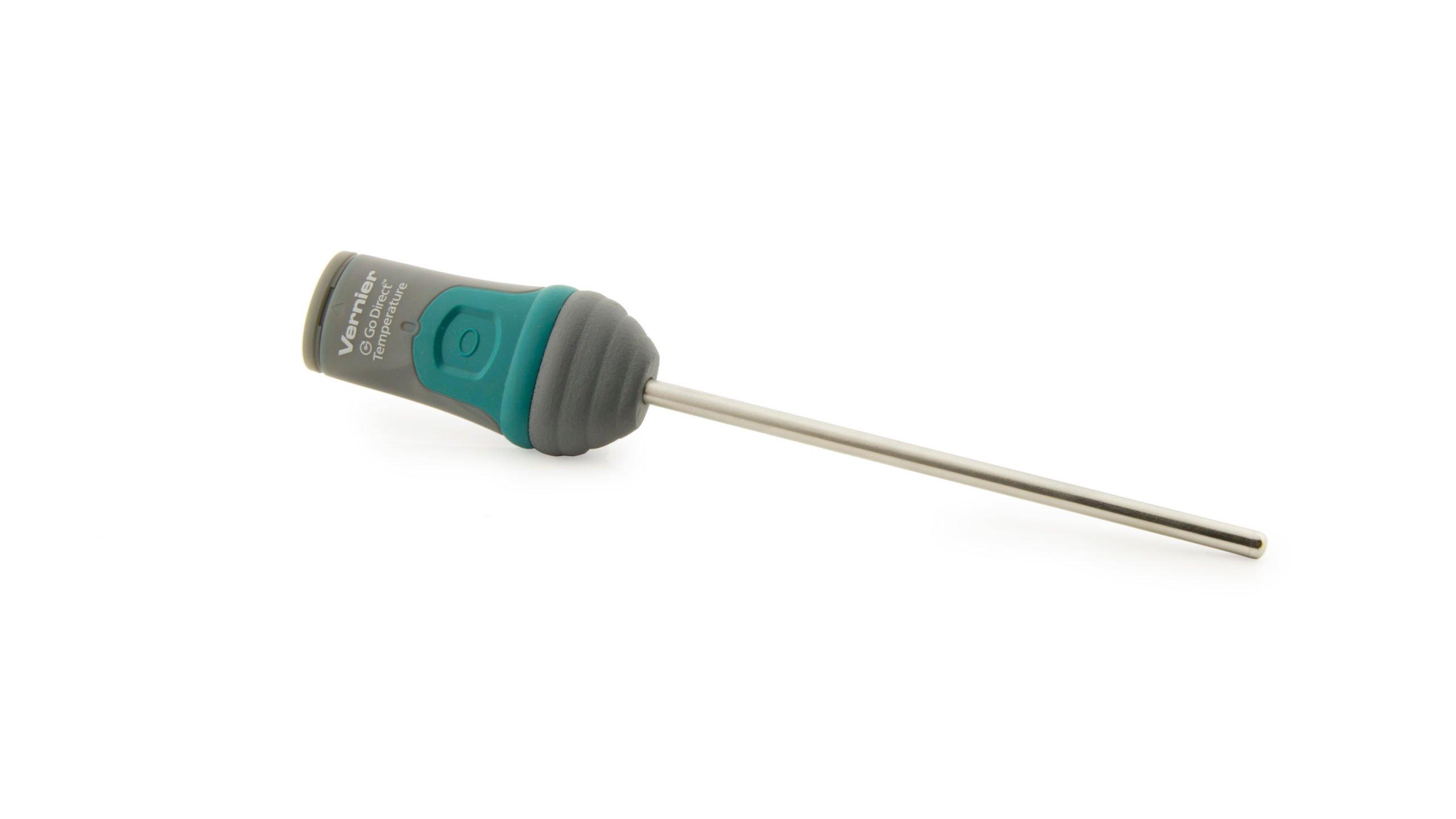Introduction
An important factor in our weather is the difference in temperature of the air. A good example of this relationship is the production of land and sea breezes along the coast of an ocean. These winds occur because of the difference of the temperature of the air above the ocean compared to the air above the land. Another example comes from understanding the formation of some clouds. The air next to different patches of ground heats up differently. Air next to hot land surfaces becomes warmer, which causes it to rise, expand, and cool to form cumulus clouds. In this experiment you will investigate local changes in air temperature over a 23-hour period. You will do this with two temperature probes—one near the ground and the other positioned 1 m above the ground.
Objectives
- Use temperature probes to collect and analyze air temperature measurements for 23 hours.
- Collect and analyze air temperature measurements at different heights above the ground.
Sensors and Equipment
This experiment features the following sensors and equipment. Additional equipment may be required.
Ready to Experiment?
Ask an Expert
Get answers to your questions about how to teach this experiment with our support team.
- Call toll-free: 888-837-6437
- Chat with Us
- Email support@vernier.com
Purchase the Lab Book
This experiment is #P1 of Earth Science with Vernier. The experiment in the book includes student instructions as well as instructor information for set up, helpful hints, and sample graphs and data.


